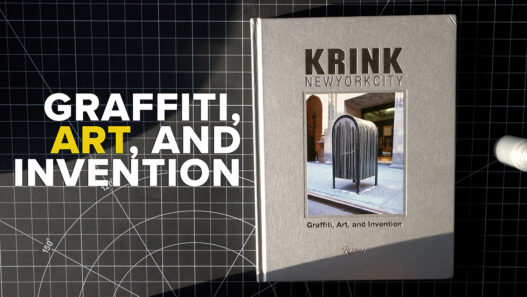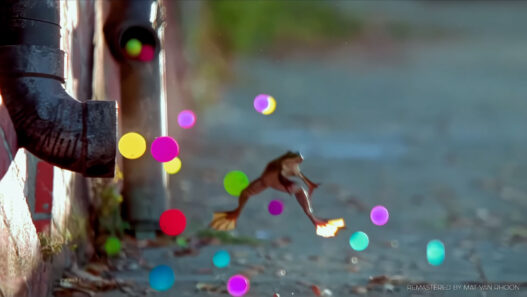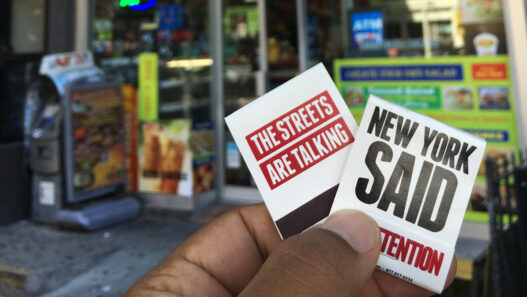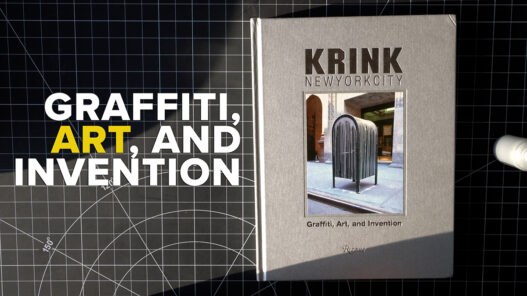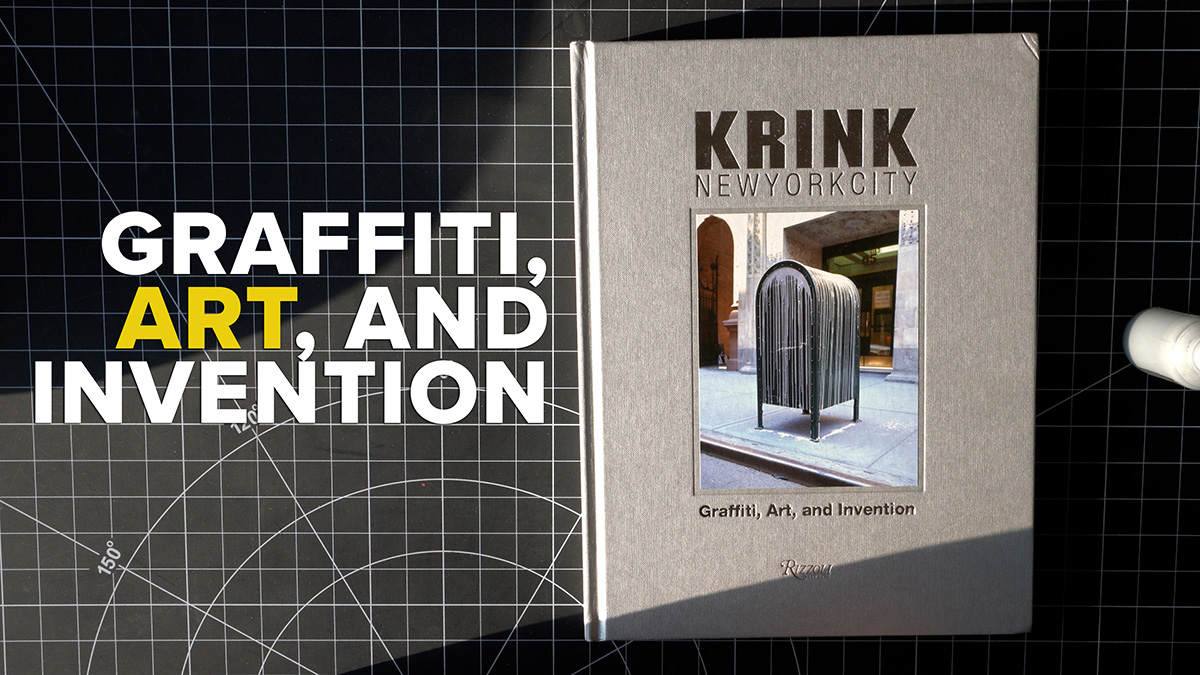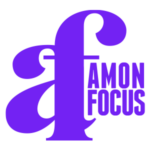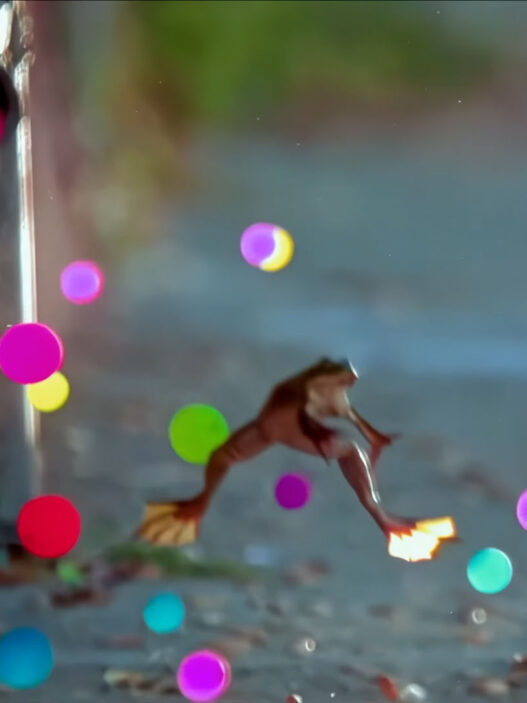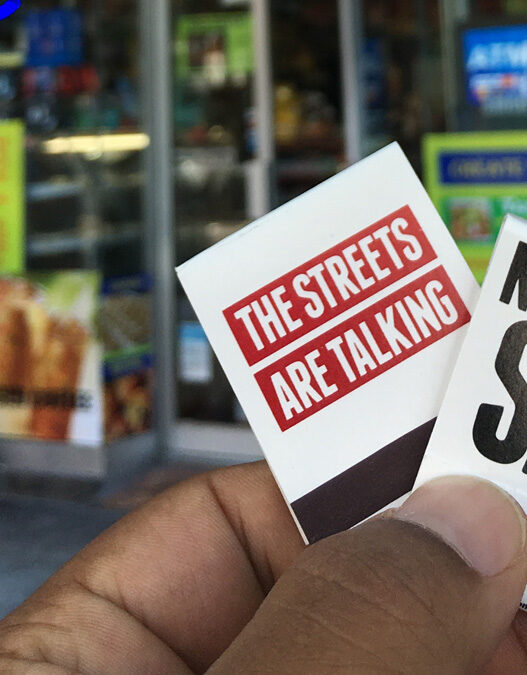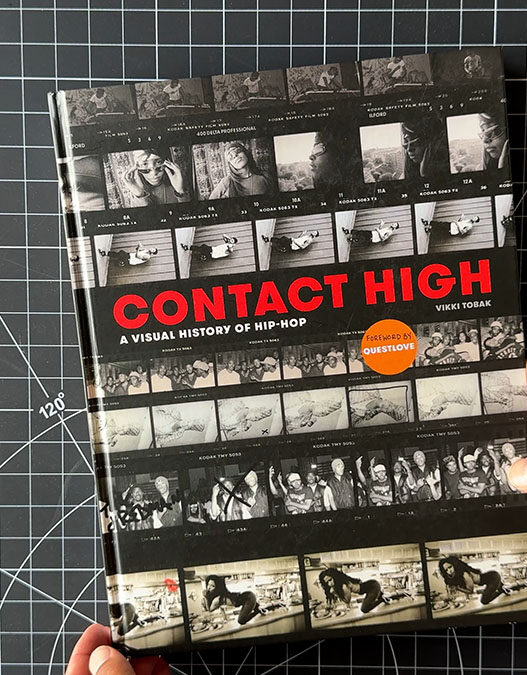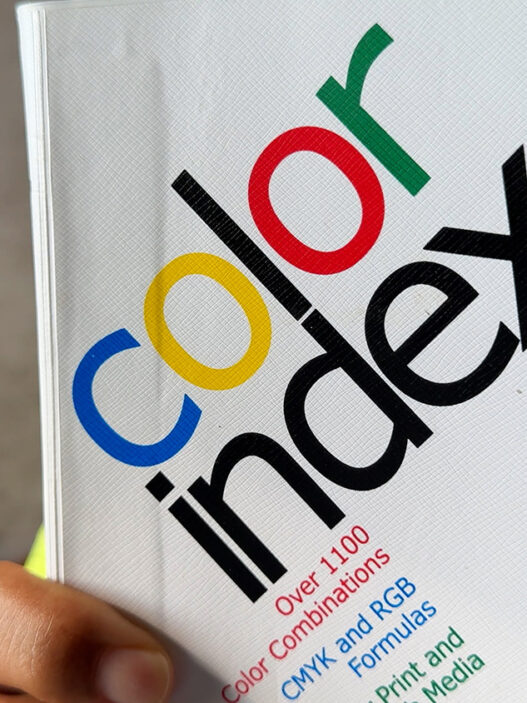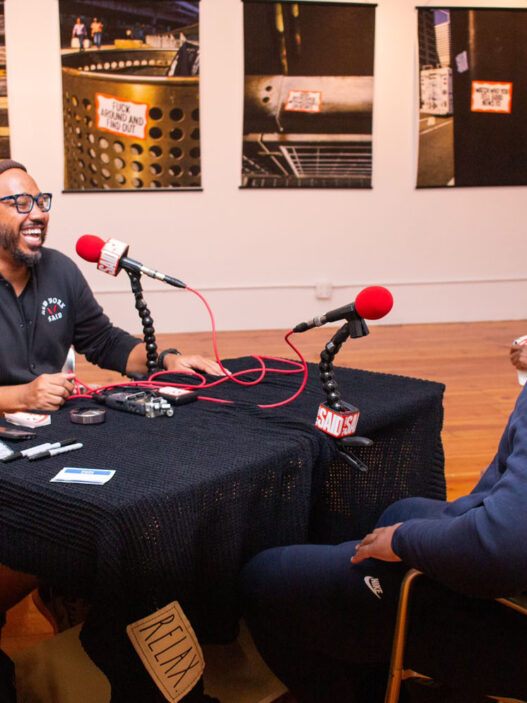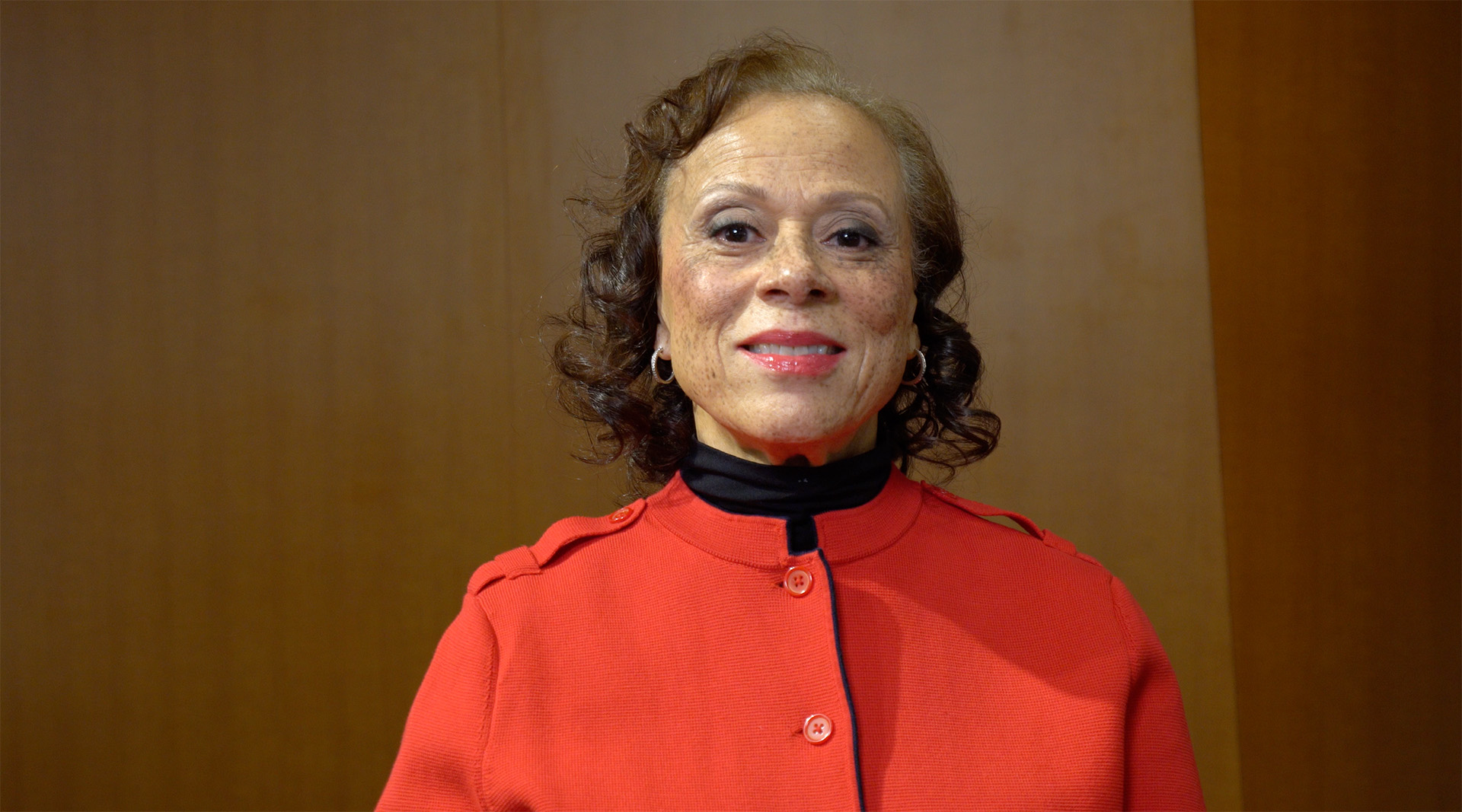Client: New York Said | Role: Writer / Interviewer
What’s the Point
Your eye is the engine of your career. Tools are teachable. Taste is trained by paying attention. A brand like KRINK shows what happens when design, community, and courage line up. You can watch the whole path from an idea to a global language of mark making. That path is a blueprint for building anything creative from scratch.
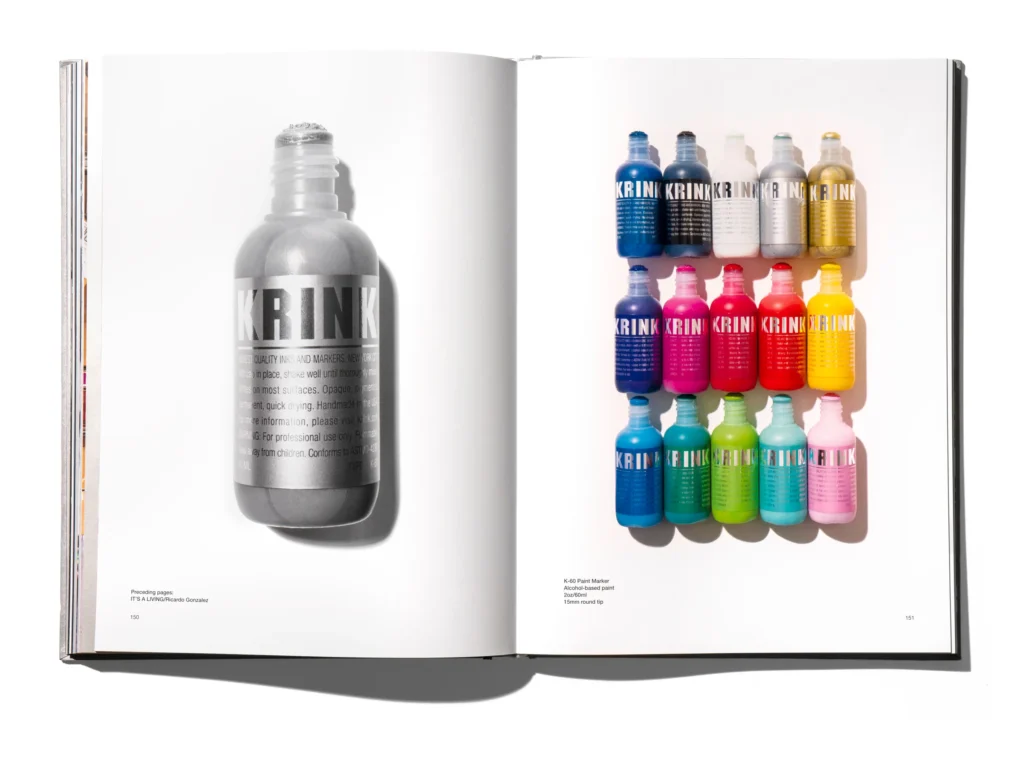
I decided early that if I was going to make a living as a creative, I had to sharpen my eye. The software would come. Photoshop. Illustrator. Cameras. Computers. All learnable. What mattered most was taste. Style. What makes a logo land. What makes a book cover sing. What makes a bottle feel iconic.
That is what pulled me to KRINK the first time I saw it. The bottle shape. The cap. The way the whole thing looked. Before I cared about the marker, I cared about the design. It was the perfect entry point to buy more of their products and study how they moved.
Whenever I needed inspiration, I treated their brand like a case study. I would dig into the site. Watch their videos. Craig Costello talking with VICE. The whole KRINK world felt creative and audacious. It was a tool for expression. If you wanted to drip ink over a Mini Cooper, you could. If you wanted to coat a mailbox, you could. If you wanted to load a fire extinguisher with paint, you could.
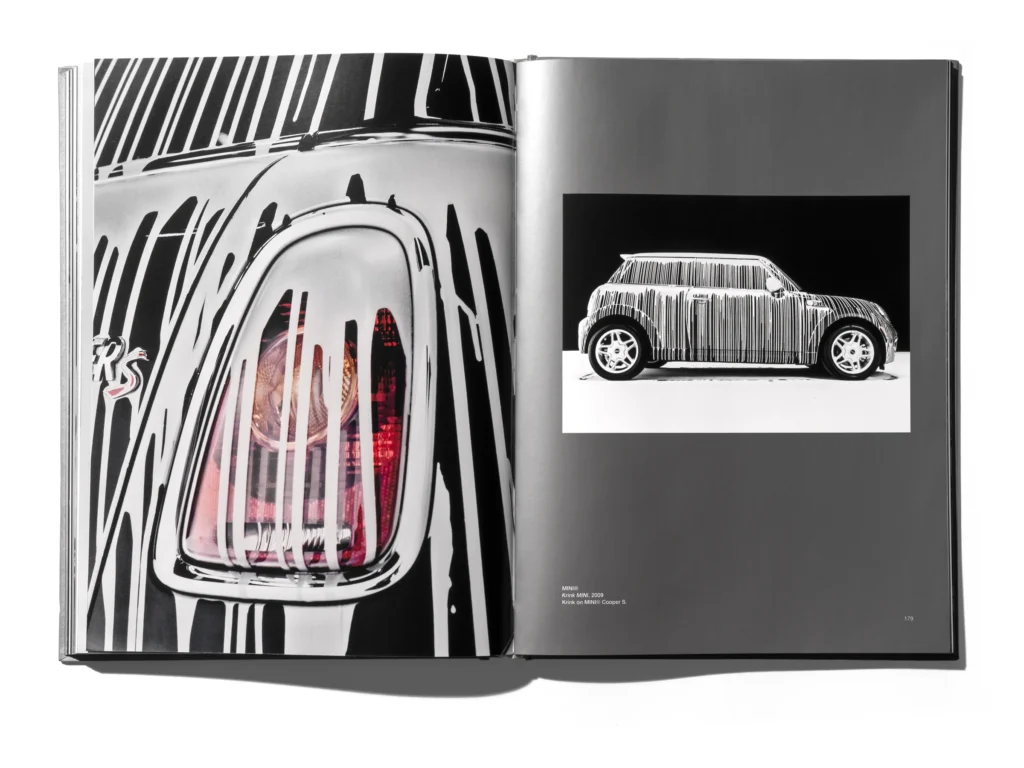
I admired it so much I wrote the company. I pitched Craig as a guest for my show. Sent a short invite. Then silence. No reply. Here is the thing. When you reach out for interviews, a lot of folks do not respond. It is not personal. People are busy. KRINK is huge. Craig runs the thing. But sending that message still plants a seed. You land on the radar. They might not reply today, but they might circle back when they need you.
That is exactly what happened. Years later KRINK reached out about their retrospective book and asked if I wanted to interview Craig. I said yes. I went to Brooklyn and visited the KRINK factory. I did not get a Willy Wonka tour, but I saw a lot. The infamous door. The inner workings. His office in a big warehouse. We recorded a reflective, timeless conversation.
What I love about that book is how it doubles as a live case study. It is more than beautiful photos. It maps the journey from zero to sixty. “I want to make my own ink” turning into a real thing. Which bottles. How to start. Who to give it to. How to package it. Who to align with. San Francisco to New York. Back in New York, who he kicked it with. Who he collaborated with. How it kept growing. And growing. And growing.
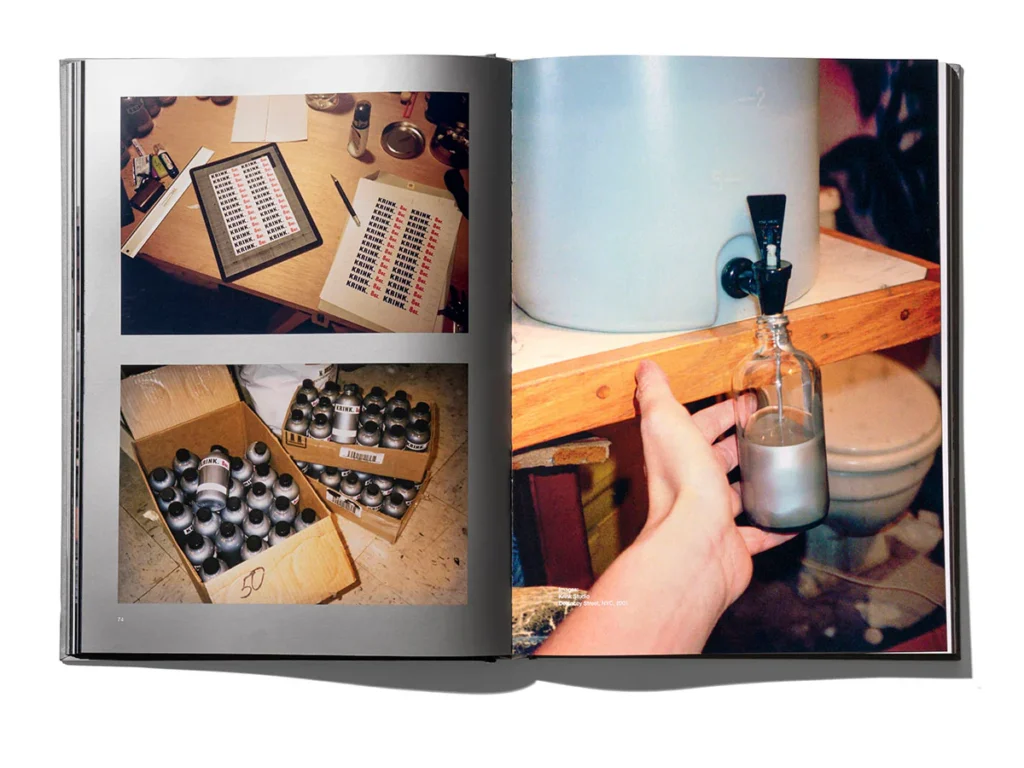
Two big lessons hit me. One, the streets are watching. Even when you think nothing is moving, something is moving. Be patient. Two, do what you love because you love it. I love culture. I love art. Contemporary. Fine. Street. Graffiti. I am always capturing it. It is not about a check. That love shows up on New York Said. So when people reach out, I get to go behind the scenes and learn how the ink is made and sit with someone who changed how people express themselves. Ink. Markers. Mops. Styles. Tools that shifted creative culture. Not only in graffiti or vandalism, but in creativity as a whole.
If you collect creative books, add this one to the stack. 👉 You can grab a copy of KRINK: Graffiti, Art, and Invention here.
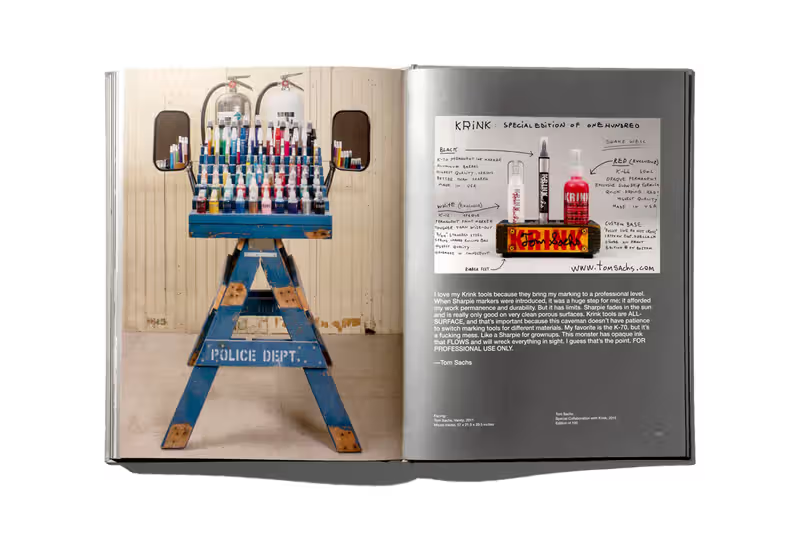
Building the Project / Process
-
Sharpen the eye first. Study what makes design work. Bottles. Caps. Logos. Covers. Packaging. Learn to see before you push buttons.
-
Use living case studies. Treat brands you admire like classes you enrolled in. Visit the site. Watch the videos. Note choices. Track how aesthetics support function and story.
-
Reach out and plant seeds. Write the invite. Keep it short. Do not take silence as rejection. Put yourself on the radar and move on. Seeds grow on their own timeline.
-
Say yes when the door opens. When KRINK circled back for me to help promote their book, I showed up. I went to the factory. I paid attention. I recorded a conversation with range and context.
-
Live in the culture you love. Keep documenting the art you care about, even when there is no paycheck attached. That body of work becomes your calling card.
Sharpen your eye, plant your seeds, and keep showing up. The work you love becomes your proof. When the call comes, be ready.
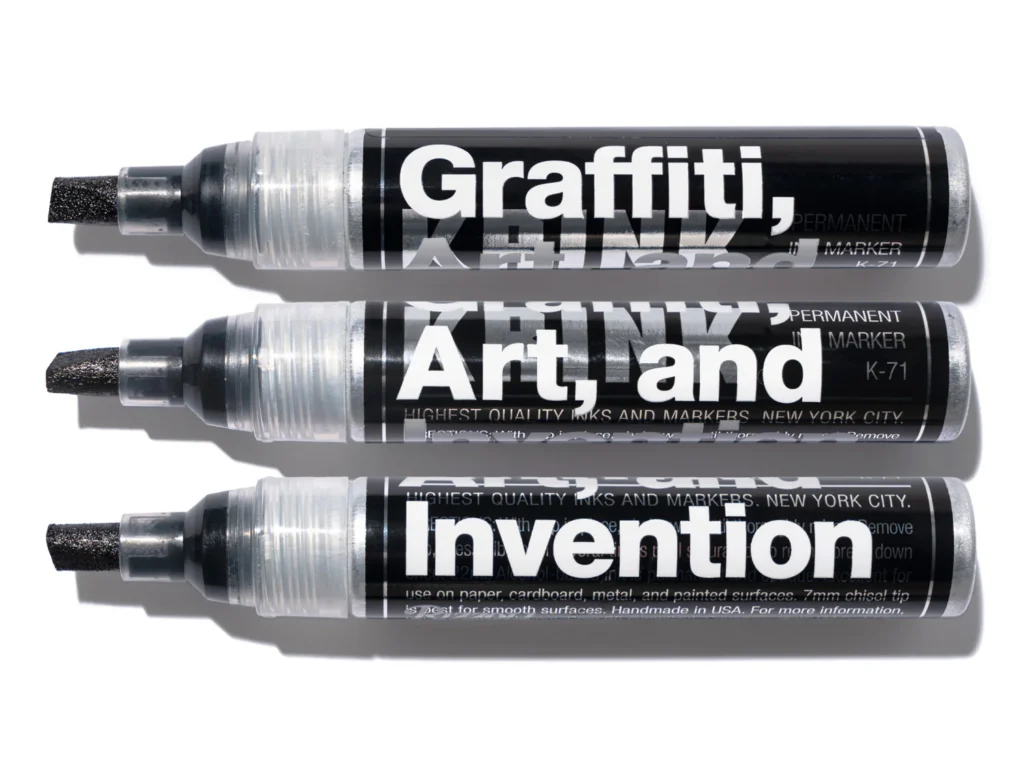
Thanks for walking with me.

